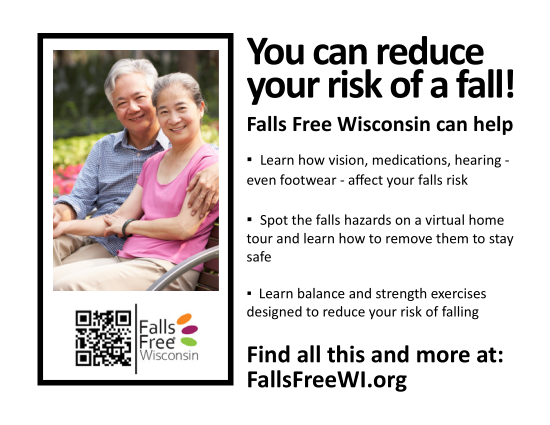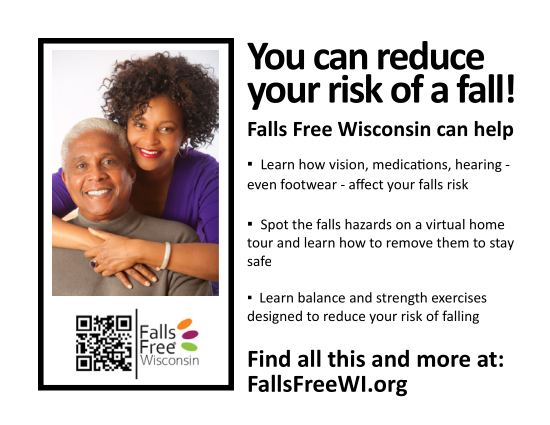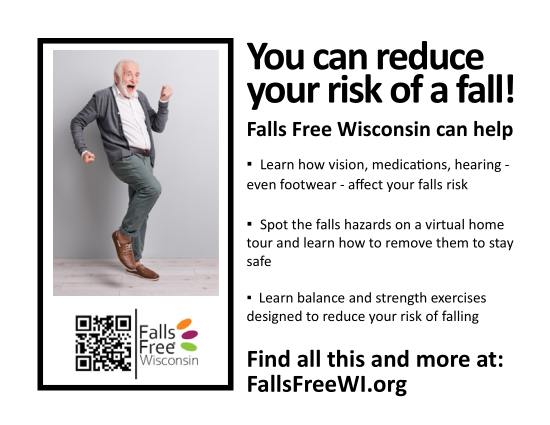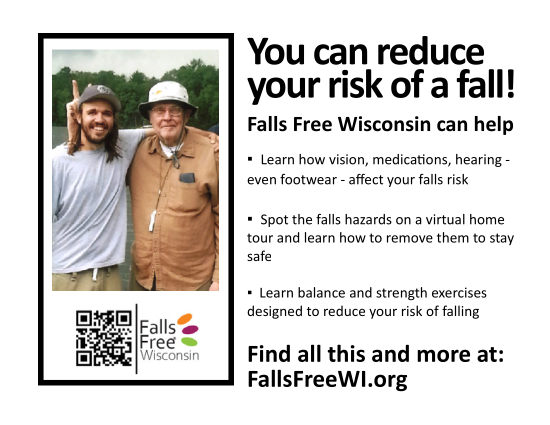What to do?
The confusion isn’t all BA.2.86’s fault
Looks like we’re back to being a COVID-focused newsletter for a little while. This might last a week, or it might be longer. But we’ve got news to share, and you deserve to hear it!
Let’s talk about confusion. As mentioned last week, COVID levels are rising in Wisconsin. It’s increasing in wastewater, it’s increasing in positive test rates, and it’s increasing in hospitalizations. The good news is that we’re still not seeing it increase in death rates (knock on wood).
But it is going up, though it’s hard to say by how much in any given area. There is concern that a new school year could add more fuel to fire as kids and teachers crowd together in confined places.
BA.2.86
So that’s confusion one. Confusion two is about BA.2.86, the new variant in circulation. The official news is basically ¯\_(ツ)_/¯, we don’t know that much about it. It’s in the U.S. for sure, but it hasn’t been detected in Wisconsin so far. It’s likely not responsible for the upswing, though some folks are more cautious than others.
How bad is BA.2.86? Early results are encouraging, actually:
It does seem able to escape immunity, butOr maybe not? It’s hard to keep up.- It doesn’t seem to be more infectious than previous variants.
- Previous infection with XBB strains — the dominant versions in circulation at the moment — gives some immunity against BA.2.86 infections.
- At least some of the tools we’ve developed against previous variants work against BA.2.86
- So far, there’s reason to think that it won’t be more severe than previous variants.
We need a lot more data before we can answer some important questions, such as how fast it’s spreading. Experts are keeping an eye on things, and when they know, I’ll let you know.
So what do we do?
Confusion number three is about how to respond to the situation. The new booster shot should be a good match against BA.2.86, and the CDC is encouraging people to get one…but when? The boosters aren’t expected to be approved until next week. Then it’s time to manufacture and distribute the doses. So, sometime this fall?
The situation leaves some people hanging. In most cases, it’s better to wait for the new booster, rather than take one now. If you’ve had COVID in the past 3-6 months, you might want to consider putting it off, for example. It also makes sense to wait a few weeks if you or your kids have not been vaccinated at all. Waiting for the better protection of the new boosters probably outweighs the benefit of getting vaccinated now.
On the other hand, if you’re in a high-risk category — say over the age of 65 and planning to take that cruise to Alaska — you might want to check with your care provider to see if it’s a good idea to get boosted now.
There are other things we can do while we wait for boosters. Consider masking up, especially if you’re in one of those high-risk groups, or a caregiver for someone who is. According to CNN,
The CDC recommends universal masking in jurisdictions that have 20 or more people with Covid per 100,000 in local hospitals and masking for high-risk individuals when 10 to 19.9 people per 100,000 are hospitalized from the virus.
So far, the entire state of Wisconsin falls below the 10 per 100k threshold. But you might want to be more cautious “[i]ndoors when there’s a lot of people and it’s crowded, poor ventilation,” says Eric Topol. Keep that air moving in your sanctuaries!
Jeremy Faust also has some good advice. Don’t worry if you wear your mask in some crowded settings and not others, or if you’re not wearing it all the time. “Putting on a mask in some crowded settings but not others is not a contradiction, nor is it virtue signaling, nor an exercise in futility; It is harm reduction.”
Faust also reminds us that the same measures that protect against COVID protect against flu as well. Get boosted if you’re over the age of 6, wash your hands often, and stay home if you’re sick. (Isolate for 4-5 days after symptoms begin, and the same goes for your kids.)
The Link
According to a recently released CDC study, more than 100 people in the U.S. die each day due to preventable falls. While women fall more often than men, men are more likely to die as a result of their injuries. And here’s the piece of data that should really get your attention: “The fall-related death rate among older adults ranged from 30.7 per 100,000 (Alabama) to 176.5 (Wisconsin).” [Emphasis mine]
Scientists need to do some more investigation to explain this variation:
Because older adult falls have multiple risk factors, research into state-to-state variation in risk factor prevalences (e.g., chronic conditions, disability, and alcohol consumption), access to fall prevention activities and health care, and social determinants of health related to falls could help explain state differences.
But the authors of the study do have some suggestions: health care providers should screen for falling, and suggest strategies such as physical therapy, home modifications, or medication management.
Lucky for us, the Falls Free WI coalition also has some great resources on their website, including prevention tips and tools to help assess your home and your risk of falling. And because our Angela Hicks has joined their advisory board, we also have some graphics to share below.







